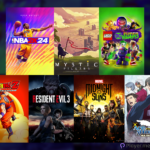Back in September, Meta unveiled plans during Meta Connect 2023 to introduce an AI chatbot across its subsidiary platforms. If you missed the specifics, you can revisit the details in this article. Notably, WhatsApp recently introduced their inaugural WhatsApp’s AI chatbot in the latest update, following several enhancements over the past few months, including the ability to log in to two accounts simultaneously and a privacy feature safeguarding users’ IP addresses. WhatsApp consistently delivers updates to enhance user experience, and this newly revealed feature, WhatsApp’s AI chatbot, aligns with the prevailing trend where AI chatbots have become integral to many aspects of daily life. Curious about WhatsApp’s AI chatbot? Let’s delve into the specifics and understand its features.
What Is WhatsApp’s AI Chatbot?
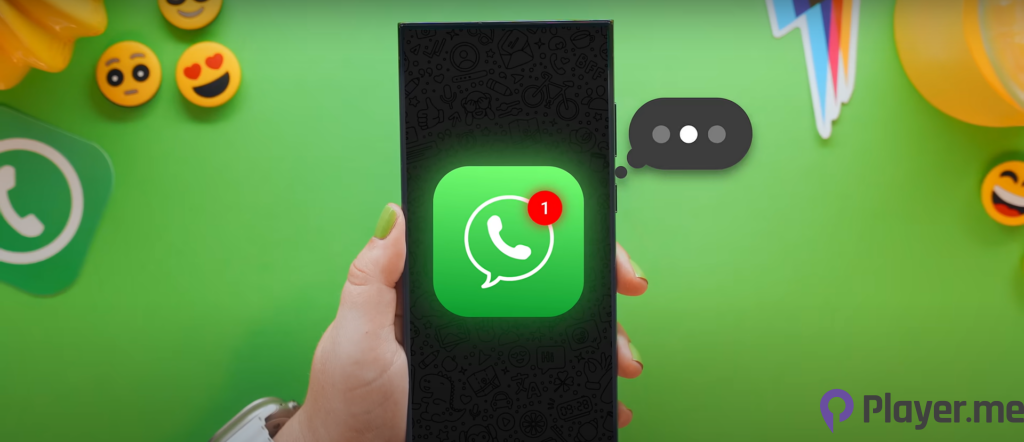
As mentioned in the beginning, Meta have been planning for a long time to implement AI chatbots into their platforms, and here comes WhatsApp’s AI Chatbot, which the AI chatbot depends significantly on the Llama 2 Large Language Model (LLM) to power their AI chatbot for natural and authentic conversations. Additionally, the AI chatbot also collaborated with Microsoft Bing to address user inquiries by conducting web searches, thus enhancing better and more comprehensive answers to fulfil users’ inquiries.
For now, the company revealed their working results on WhatsApp’s AI chatbot in the latest WhatsApp beta v2.23.24.26. This promising development suggests eventual availability in the stable channel.
Where Can One Find WhatsApp’s AI Chatbot in WhatsApp Beta?
The new WhatsApp’s AI chatbot can be found in the Chats tab, where there’s a fresh shortcut, positioned just above the chat icon. This shortcut allows users to initiate the integrated AI chatbot and make various requests within the application.
The recent shortcut for starting a conversation with the AI is presented as a Floating Action Button (FAB), strategically placed just above the new message FAB in the Chats tab on WhatsApp. The unique design of this launch shortcut, featuring a multicolour circle within a pale grey button, notably enhances the accessibility of Meta’s AI within WhatsApp. This marks a departure from its previous placement within the Contacts section, ensuring that the feature is more prominently visible to users, particularly those encountering it for the first time.
Also Read: WhatsApp Ads in Statuses and Channels: 17 Amazing Pros and Cons
What Does WhatsApp’s AI Chatbot Mean to Users and How to Try It?
The enhanced accessibility of the AI chatbot within the WhatsApp application adds convenience for users, saving time and effort through the integration of AI. Currently, this feature is exclusively accessible to a limited group of WhatsApp beta users, but it is anticipated to be released widely for all users in the near future. To experiment with the AI chatbot feature in WhatsApp, one must be part of the beta program, which is currently at full capacity.
How Does WhatsApp’s AI Chatbot Work?
The introduction of WhatsApp’s AI chatbot and Meta’s earlier disclosure in September about incorporating AI chatbots into Meta’s platforms underscores the growing demand and trend for AI chatbots. This development also underscores the significance and relevance of AI chatbots in the current landscape. We frequently utilise them, yet there are instances when we may not fully comprehend their workings. AI chatbots are software applications crafted to imitate dialogue with users, employing Natural Language Processing (NLP) and machine learning algorithms.
For WhatsApp’s AI chatbot, the incorporation of these chatbots into WhatsApp is intended to improve user engagement, simplify customer support, deliver automated services, etc. within the messaging platform. Let’s take a look at how WhatsApp’s AI chatbot works from the different benefits it was designed to bring.
User Engagement

WhatsApp’s AI chatbots rely on NLP to comprehend user inputs, including text and voice messages, replicating human-like conversations. This fosters more natural and context-aware interactions. These chatbots engage users in personalised conversations, analysing user preferences to deliver tailored responses and recommendations.
Automated Customer Support and Transactional Capabilities
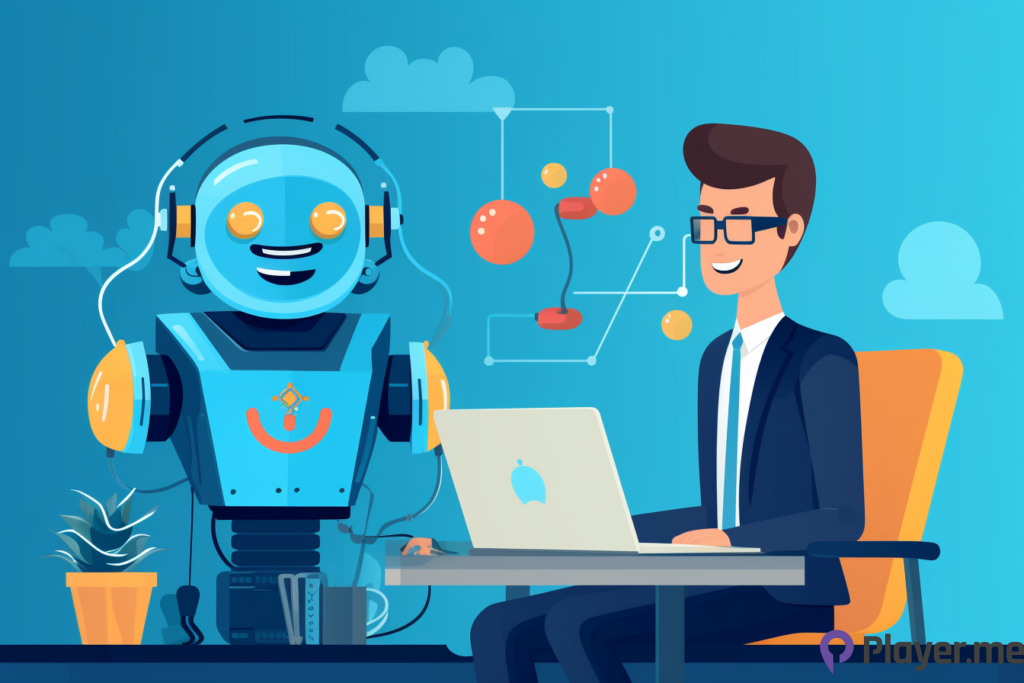
WhatsApp’s AI chatbot streamlines customer support by instantly addressing common queries. Beyond conversations, these chatbots facilitate transactions, allowing users to make purchases, track orders, and receive payment notifications directly through the chat interface.
Also Read: WhatsApp Business Explores Innovative ‘Quick Action Bar’ Feature for Android Users
Integration with WhatsApp

Businesses can seamlessly incorporate AI chatbots into WhatsApp, taking advantage of the platform’s openness. Through the WhatsApp Business API, companies leverage chatbots to offer users swift responses, transactional updates, and interactive communication, enhancing the overall user experience.
Multilingual Support, Learning, and Security
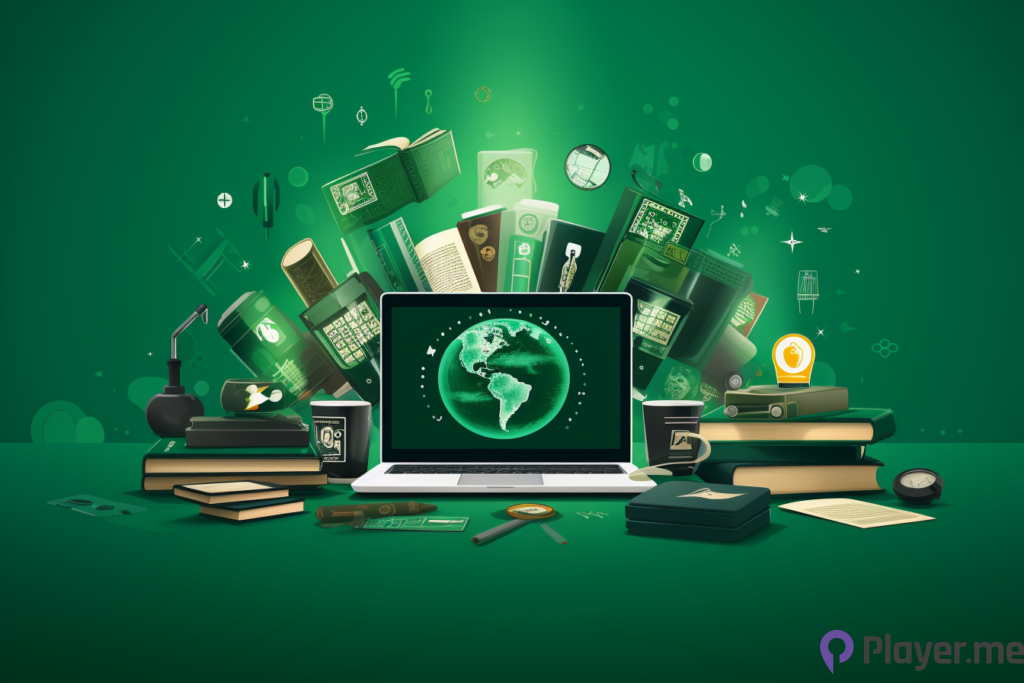
WhatsApp’s AI chatbot supports multiple languages, ensuring accessibility for a global user base. Powered by machine learning, these chatbots continuously learn from interactions, becoming more adept over time. Adhering to WhatsApp’s strong privacy and security standards, AI chatbots operate under end-to-end encryption, safeguarding sensitive information.
In addition to the advantages mentioned above, other notable benefits encompass the automation of repetitive tasks, data collection for insights, and particularly the round-the-clock availability for inquiries. The continuous development of AI chatbots on WhatsApp is underway, assuring more advanced capabilities as technology progresses. These improvements will continue to transform interactions between users and businesses on the platform.
Also Read: Machine Learning (ML) vs. AI: 3 Great Talking Points
WhatsApp’s Other Developments Besides WhatsApp’s AI Chatbot
Apart from this notable advancement, WhatsApp are currently introducing other substantial features to their users. These include smooth integration with DocuSign to streamline digital signatures and voice chats specifically designed for larger groups, eliminating the necessity for initiating a disruptive voice call involving each participant.
A Final Say
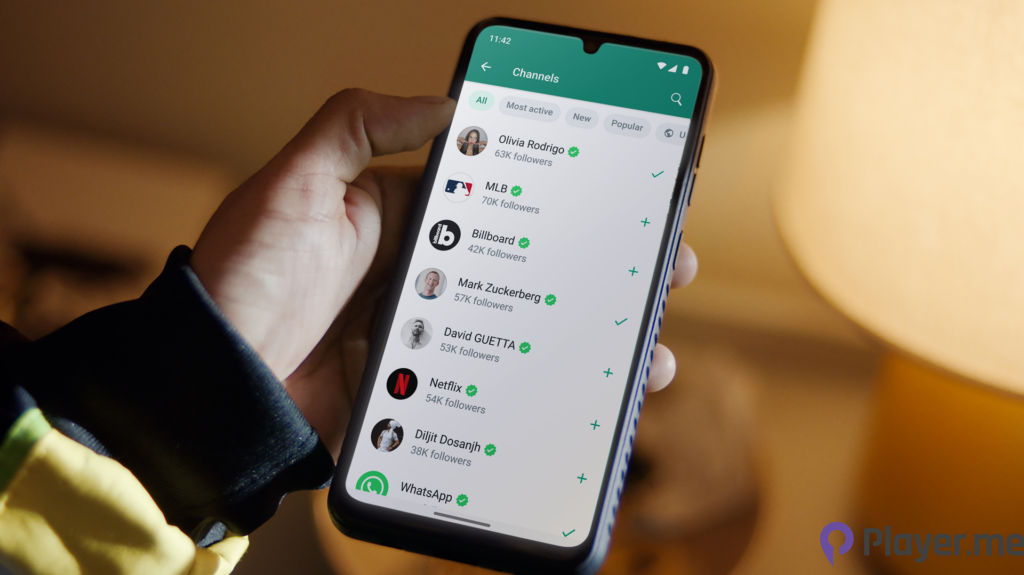
Upon the integration of WhatsApp’s AI chatbot into the platform, users can anticipate a more intuitive and engaging experience once the valuable feature exits beta, allowing everyone to explore the capabilities of this helpful AI assistant. Meta’s strategic endeavours in this area underscore the industry’s commitment to harnessing the potential of AI to improve the functionality of everyday applications.
Additionally, the implementation of AI chatbots on Meta’s platforms, as well as the introduction of WhatsApp’s AI chatbot, closely mirrors structures introduced by OpenAI’s ChatGPT and Google’s Bard, initiating a competition to determine which AI chatbot offers superior utility for users — an aspect yet to unfold in the future. With these advancements unfolding, users can envision a future of AI that seamlessly integrates into their digital interactions, elevating efficiency and enjoyment in various tasks.
Regarding AI, the most significant news currently revolves around the unexpected development of Sam Altman’s departure from OpenAI. Visit https://player.me/sam-altman-exit-from-openai-and-rehire-into-microsoft/ for further information on this major event.
Author Profile
Latest entries
 GAMING2024.06.12Top 4 Female Tekken 8 Fighters to Obliterate Your Opponents in Style!
GAMING2024.06.12Top 4 Female Tekken 8 Fighters to Obliterate Your Opponents in Style! NEWS2024.03.18Elon Musk’s SpaceX Ventures into National Security to Empower Spy Satellite Network for U.S.
NEWS2024.03.18Elon Musk’s SpaceX Ventures into National Security to Empower Spy Satellite Network for U.S. GAMING2024.03.17PS Plus: 7 New Games for March and Beyond
GAMING2024.03.17PS Plus: 7 New Games for March and Beyond GAMING2024.03.17Last Epoch Necromancer Builds: All You Need To Know About It
GAMING2024.03.17Last Epoch Necromancer Builds: All You Need To Know About It




